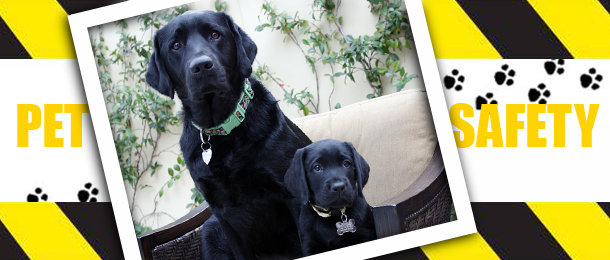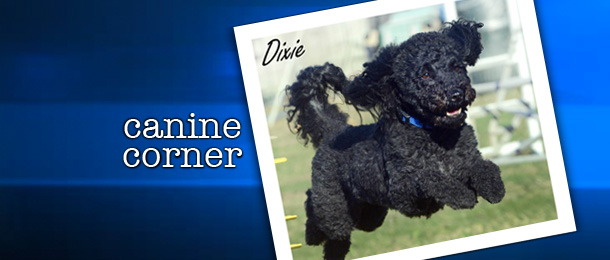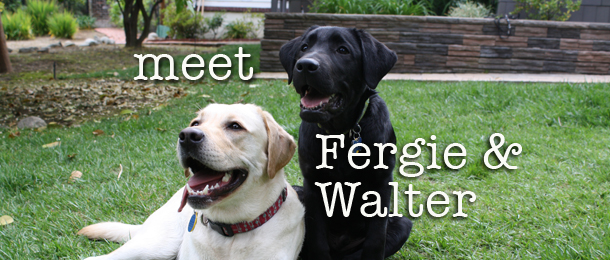
by Theof | Aug 14, 2023 | Canine Corner
Pets are more than just animals, they are cherished members of our families. In the aftermath of the devastating Maui fires, it’s important to remember that these beloved pets also need our support. They have faced unimaginable challenges and are in desperate...

by Theof | Apr 27, 2012 | 2, Canine Corner
I was recently at my vet’s office, Parkview Pet Clinic in Glendale, and saw a flyer printed by the ASPCA which read, “101 things you didn’t know could harm your pet”. I consider myself to be pretty cautious and careful with my two Labs but I was interested to see if I...

by Theof | Apr 20, 2012 | 3, Canine Corner
In light of “Earth Day” I just wanted to share some quick tips for my fellow canine owners. We all have to use those plastic poop bags to clean up after our furry friends, but I have some biodegradable options. The website called “poopbags.com” offers several poop...

by Theof | Mar 30, 2012 | Canine Corner, Featured Right
I recently interviewed Tippy Sheppard, who is the handler of Buvi, a Hungarian Sheep Dog. Buvi is currently in the top 5 agility dogs of his breed in the country. Tippy lives in Tustin, CA and travels all over Southern California for dog agility and obedience...

by Theof | Mar 16, 2012 | 1, Canine Corner, Community
As many of you may or may not know, Parkview Pet Clinic has been in existence for over 30 years. Dr. Martin owned and ran the clinic for the past 28 years. If your pet is not a patient, I am sure that you have driven by it hundreds of times. Parkview is located in...

by Theof | Mar 2, 2012 | Canine Corner, Featured, Featured Left
I am very excited to write about something amazing that is going on right in our Verdugo Woodlands neighborhood! Did you know that there is a little guide dog in training that lives on Woodland Avenue and attends Verdugo Woodlands Elementary? It’s true. Sheila...






